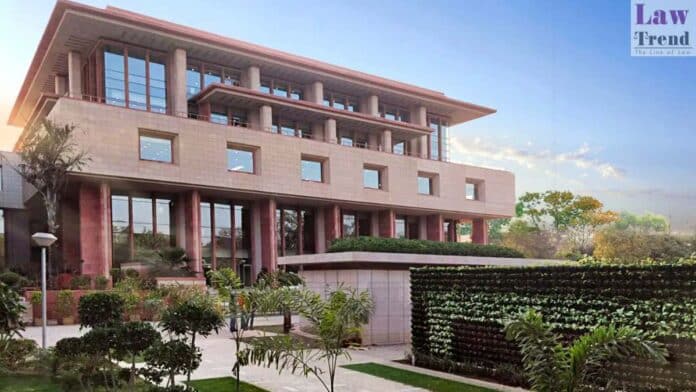The Delhi High Court on Wednesday deliberated on the status of the historic Jama Masjid, with the Archaeological Survey of India (ASI) explaining the significant implications of declaring the site a “protected monument.” During the proceedings, the ASI submitted an affidavit in response to public interest litigations (PILs) advocating for the monument’s protection, stating that no steps have been taken so far towards this designation.
The ASI highlighted that such a status would impose regulatory measures and restrictions around the monument, impacting the surrounding area. Currently, the management and upkeep of the Mughal-era Jama Masjid are under the Delhi Waqf Board, which has been actively involved in its conservation efforts.
A bench led by Justice Prathiba M. Singh, which also included Justice Amit Sharma, expressed reservations based on the ASI’s insights, and requested that the petitioners submit suggestions for alternative methods to safeguard the mosque. “They (ASI) are saying there is a hesitation. There is an impact of declaring it a protected monument,” Justice Singh noted during the hearing.

The court is considering PILs filed in 2014 by Suhail Ahmed Khan and Ajay Gautam, which not only seek to have Jama Masjid recognized as a protected monument but also call for the removal of all encroachments in its vicinity. These petitions also challenge the hereditary title of “Shahi Imam” held by Imam Maulana Syed Ahmed Bukhari and the appointment of his son as Naib Imam.
In a significant revelation, the ASI disclosed to the court that former Prime Minister Manmohan Singh had given assurances to the Shahi Imam that Jama Masjid would not be declared a protected monument. This historical commitment adds another layer of complexity to the ongoing legal and cultural debates surrounding the monument’s status.







